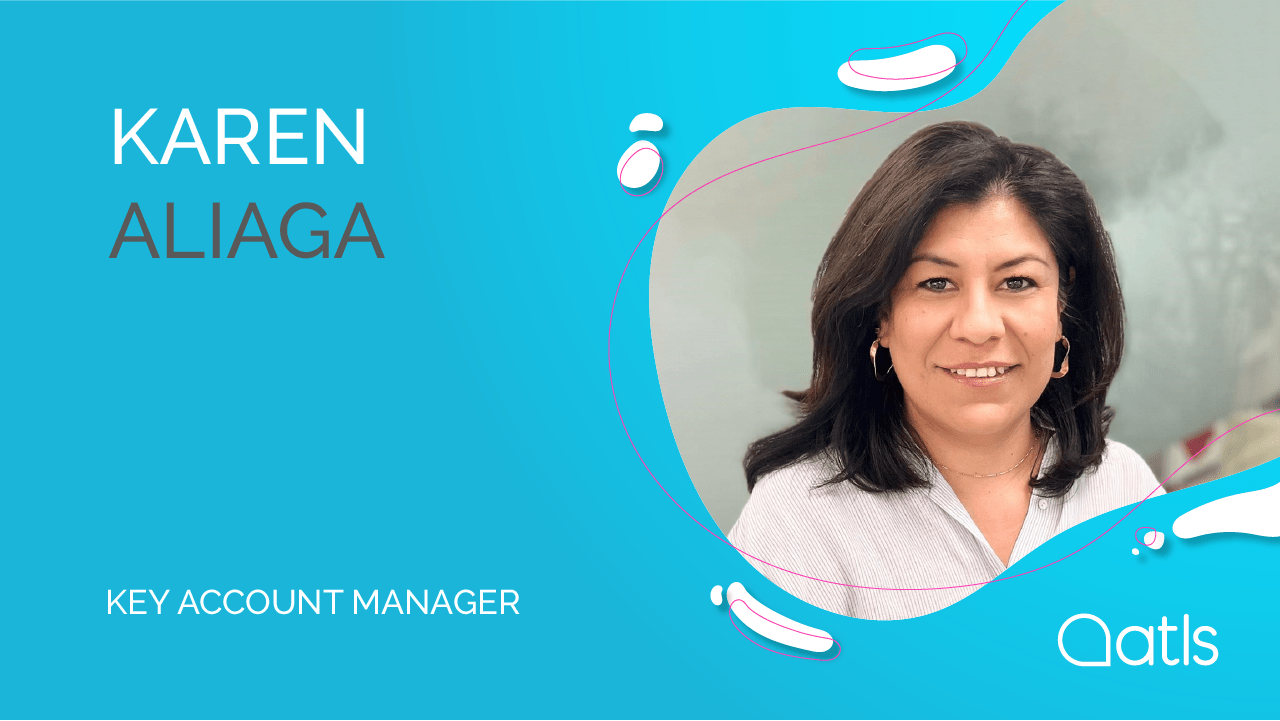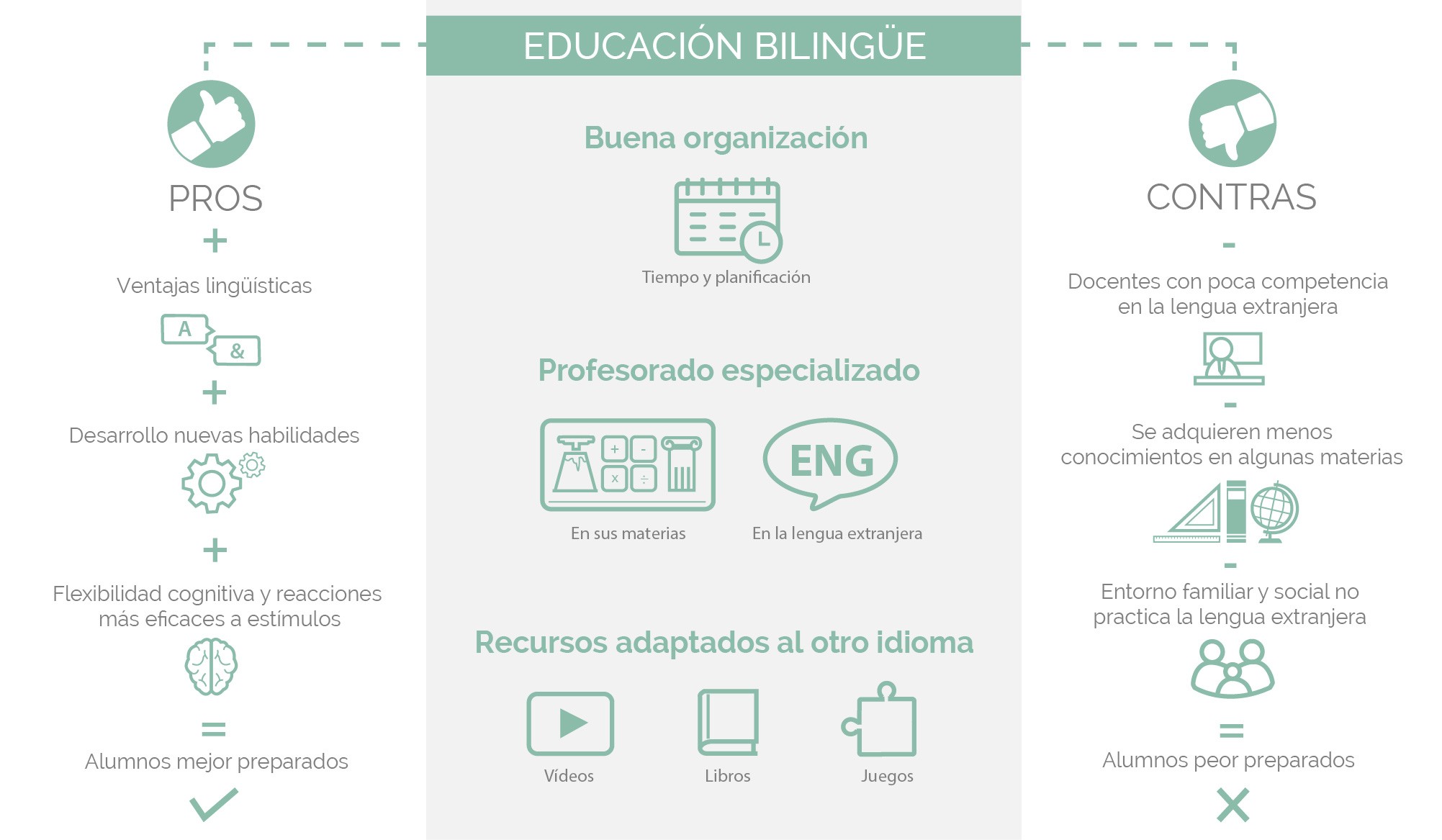How to measure the ROI of a translation

In order for a company to expand internationally and conquer new markets, localisation is an investment that is both important and inevitable. However, measuring the ROI of translation, that is, the profits and revenues that this investment has provided to the company, is a real head-scratcher.
Why? Because measuring the ROI of a translation requires the isolation of tangible elements that cannot be isolated. Translation is just one of many investments on the path to market benefits. It is difficult to determine the income percentage allocated to translation and that assigned to all other business and strategic aspects relating to the entry into a new market. In this article, we will analyse the challenges of measuring translation ROI and how we can view the value it provides.
The challenges of measuring the ROI of a translation
Although the aim of companies is to increase the ROI of their translation, it is a challenge to demonstrate exactly to what extent translation impacts the result. However important translation is when it comes to increasing the profitability of the market, this value is shared with other components, including:
- Marketing campaigns
- SEO
- Google Ads
- Branding
- Sales teams
- Local agencies that increase brand awareness
Each of these components contributes to the overall income associated with the entry into a specific market. As such, translation ROI is the "holy grail" for translation managers. When a definitive response to the profitability of the translation cannot be given, it is easy to overlook its importance. A better approach to determining the value of translation is to measure the costs or risks incurred by not translating the content.
Why should you translate content professionally?
Although it is almost impossible to measure the ROI of translation, it is still quite obvious that a failure to invest in translation (or doing it badly) can seriously damage the company's image and, consequently, the expected ROI. This can be seen, for example, by analysing the bounce rate of a website. This calculation is based on the number of visitors who leave one of the site pages without performing any specific action, for example, clicking on another link, filling out a form or buying a product. An optimal rebound rate is around 45%, and anything over 60% is considered too high and worth investigating. If the content is not well translated, users will not stay on the website for long. Many prefer to look at the other options available to find a site that better suits their needs.
Another major indicator that poor translation can harm the company's ROI is customer complaints. As you may know, consumers are very impatient and even merciless when deciding whether they like a website, because there are always other companies they can choose from. Users love to read, buy and research in their mother tongue. Ideally, when accessing a website, you shouldn't even be able to tell that you are reading a translated website! Therefore, not translating the content of a website, doing it badly or simply skipping certain parts can produce the opposite effect. The user will spot this and promptly close and browse elsewhere. Treating translation as an unnecessary expense simply because it is not possible to determine exactly how much the ROI increases can in fact be more damaging than investing in it.
Is it translation capable of taking a website to the next level?
When it is done well, translation exponentially increases the efficiency of a website, as good translation can attract consumers who then buy the product or service. Below, we list some concepts that must be considered to find out whether the translation has contributed (or not) to the success of a website:
Increased sales
Proper translation of content offers more credibility to the website, as it provides consumers with a good user experience and helps make the product appear "trustworthy". Translating this type of content considerably increases the chances of consumers purchasing the product or service. Therefore, professional translation of content will undoubtedly increase profits.
SEO optimisation
Before starting a website translation, our digital marketing specialist translators will carry out exhaustive keyword research for your target market. In other words, an investigation into the words or phrases that internet users employ to search for content via a search engine. This involves determining search volumes, along with search competition. We might find that the number of keywords can be reduced or increased depending on the source language. It's important to think about the market you're aiming at, not just the language: keywords used in the UK won't necessarily match those used in the US market. Once the keywords have been defined, we'll create an international search engine strategy prior to beginning the translation of SEO.
Optimise the ROI of your translation
When translation is not done professionally, the result can be more costly than the initial investment would have been. Working with a translation company when it comes to internationalising your business is the best possible option to achieve real growth for your company, which will result in an increase in turnover. At AT, we understand the importance of translation to increase the profitability of a company and optimise the ROI. Shall we talk?




